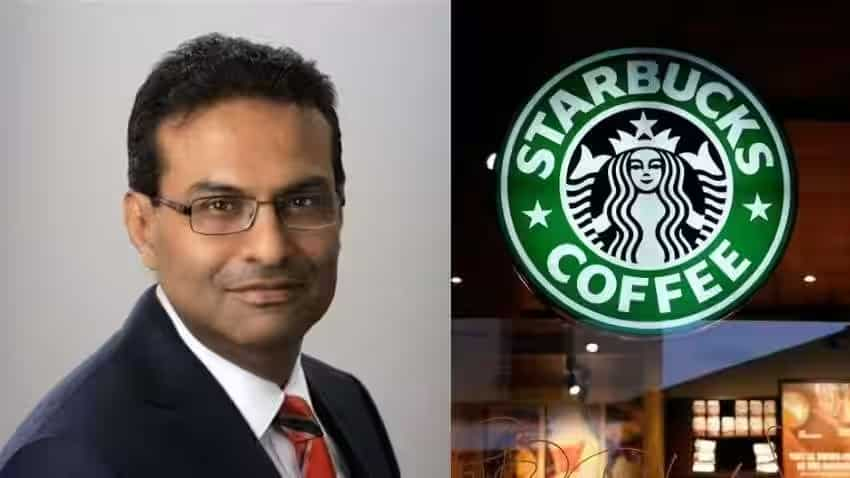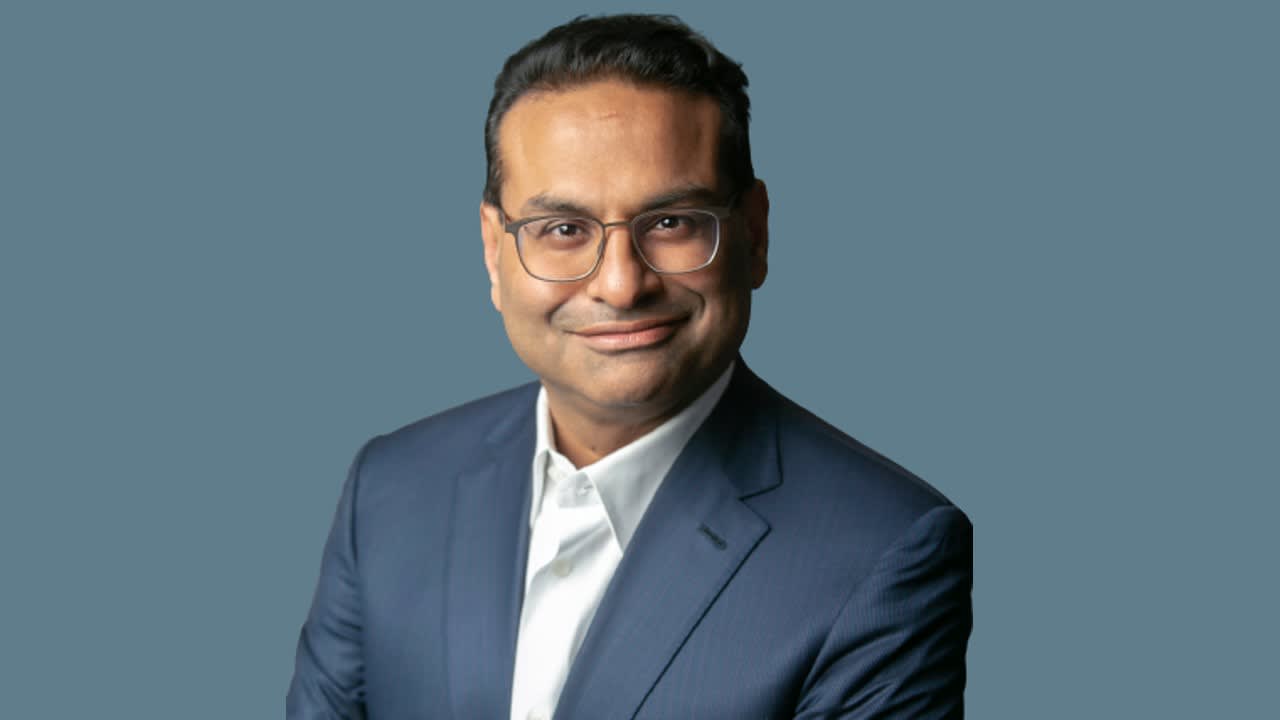Laxman Narasimhan’s Background and Career Trajectory

Laxman Narasimhan, the current CEO of Starbucks, is a seasoned business leader with a rich and diverse career spanning across multiple industries. His journey is marked by a consistent focus on consumer goods, marketing, and building global brands, making him uniquely qualified to lead Starbucks into its next chapter.
Key Roles and Achievements
Prior to joining Starbucks, Narasimhan held prominent positions at PepsiCo and Reckitt Benckiser, where he honed his skills in strategy, operations, and brand management. These roles provided him with invaluable experience in navigating complex global markets and driving growth in competitive environments.
Career Timeline
- 1996-2001: Narasimhan began his career at PepsiCo, where he held various roles in marketing and sales. He rose through the ranks, gaining experience in both domestic and international markets.
- 2001-2005: He joined McKinsey & Company, a global management consulting firm, where he focused on strategy and operations for consumer goods companies. This experience broadened his understanding of business challenges and strategic decision-making.
- 2005-2012: Narasimhan returned to PepsiCo, where he led the company’s global beverage business, including iconic brands like Pepsi, Mountain Dew, and Gatorade. He spearheaded key initiatives to revitalize these brands and expand their reach.
- 2012-2019: He joined Reckitt Benckiser, a global consumer goods company, as Chief Commercial Officer. He was instrumental in driving growth and innovation across the company’s portfolio of health, hygiene, and home products.
- 2019-2022: Narasimhan took on the role of CEO at Reckitt Benckiser, leading the company through a period of transformation and digital acceleration. He focused on improving operational efficiency, streamlining the portfolio, and enhancing customer experience.
- 2022-Present: He joined Starbucks as CEO, bringing his expertise in consumer goods, marketing, and global brand building to one of the world’s most recognizable coffee companies.
Expertise in Consumer Goods and Marketing
Narasimhan’s career has been deeply rooted in the consumer goods industry, particularly in the beverage sector. He has a proven track record of building successful brands, understanding consumer preferences, and adapting to evolving market dynamics. His experience in marketing and brand management, coupled with his strategic acumen, makes him well-equipped to lead Starbucks in a rapidly changing consumer landscape.
Narasimhan’s Vision for Starbucks: Starbucks Ceo Laxman Narasimhan

Laxman Narasimhan, Starbucks’ current CEO, envisions a future where the company not only maintains its position as a global coffee leader but also expands its reach and influence. His vision is rooted in a commitment to customer experience, innovation, and operational efficiency, all while fostering a sustainable and inclusive culture.
Enhancing Customer Experience
Narasimhan recognizes that customer experience is paramount to Starbucks’ success. He aims to create a more personalized and engaging experience for customers, leveraging technology and data to better understand their preferences and offer tailored services. He has Artikeld several initiatives to achieve this goal:
- Personalized Rewards Programs: Starbucks is committed to refining its loyalty program, offering more personalized rewards and benefits based on individual customer preferences and spending habits. This will create a stronger sense of connection and encourage repeat business.
- Enhanced Digital Ordering and Payment: Starbucks is investing in its mobile app and online ordering platforms to streamline the ordering process, reduce wait times, and offer greater convenience for customers. This includes exploring new features like personalized recommendations and mobile payments.
- Improved In-Store Experience: Narasimhan emphasizes the importance of creating a welcoming and inviting atmosphere in Starbucks stores. This includes focusing on design elements, employee training, and creating a more personalized and engaging experience for customers in-store.
Driving Innovation
Narasimhan believes that innovation is essential for Starbucks to stay ahead of the curve in a rapidly evolving market. He has Artikeld a strategy to foster a culture of innovation and develop new products, services, and technologies to enhance the customer experience:
- New Product Development: Starbucks is actively exploring new beverage and food offerings, focusing on customization and personalized options to cater to diverse customer preferences. This includes exploring new flavor profiles, incorporating plant-based ingredients, and developing innovative food items.
- Technology Investments: Starbucks is investing in new technologies, such as artificial intelligence and machine learning, to enhance its operations and improve the customer experience. This includes exploring personalized recommendations, automated ordering, and enhanced store efficiency.
- Partnerships and Acquisitions: Starbucks is open to strategic partnerships and acquisitions to expand its product portfolio and reach new markets. This could involve collaborating with other brands or acquiring companies that complement its existing offerings.
Operational Efficiency
Narasimhan recognizes the importance of operational efficiency for Starbucks’ long-term sustainability. He is committed to streamlining operations, reducing costs, and maximizing profitability while maintaining high standards of quality and customer service:
- Supply Chain Optimization: Starbucks is focusing on optimizing its supply chain to ensure consistent product availability, reduce waste, and improve efficiency. This includes streamlining logistics, improving inventory management, and exploring sustainable sourcing practices.
- Employee Empowerment: Narasimhan believes that empowering employees is key to improving operational efficiency. This involves investing in training and development programs to enhance employee skills, improve customer service, and create a more positive and productive work environment.
- Technology Adoption: Starbucks is leveraging technology to automate tasks, improve data analysis, and streamline operations. This includes implementing new software solutions, upgrading equipment, and adopting new technologies to enhance efficiency and productivity.
Expanding Global Presence
Narasimhan envisions a future where Starbucks expands its global presence, reaching new markets and serving a wider customer base. He believes that Starbucks has the potential to become a truly global brand, connecting people through the shared experience of coffee:
- Market Expansion: Starbucks is actively exploring new markets in both developed and emerging economies, focusing on regions with strong coffee cultures and a growing middle class. This includes expanding into new countries, opening more stores in existing markets, and exploring partnerships with local businesses.
- Local Adaptation: Starbucks recognizes the importance of adapting its offerings to local tastes and preferences. This involves incorporating local ingredients, developing culturally relevant menu items, and customizing its offerings to meet the specific needs of different markets.
- Building Global Partnerships: Starbucks is seeking to forge strategic partnerships with local businesses, suppliers, and governments to enhance its global reach and foster sustainable growth. This includes collaborating with local coffee farmers, establishing joint ventures, and engaging in community outreach programs.
Challenges and Opportunities Facing Narasimhan

Laxman Narasimhan, the new CEO of Starbucks, inherits a company at a crossroads. While Starbucks remains a global coffee giant, the landscape is rapidly shifting, presenting both challenges and opportunities. The company must navigate a complex web of economic, technological, and consumer trends to maintain its dominance and drive future growth.
The Competitive Landscape, Starbucks ceo laxman narasimhan
The coffee industry is highly competitive, with established players like Dunkin’ Donuts, McDonald’s, and Peet’s Coffee, as well as a burgeoning wave of independent coffee shops and specialty roasters. Starbucks faces competition not only from traditional coffeehouses but also from emerging players in the food and beverage industry, such as fast-casual restaurants and convenience stores, which are increasingly offering high-quality coffee options.
Starbucks CEO Laxman Narasimhan is taking the reins at a crucial time for the coffee giant. He’s tasked with navigating a challenging economic landscape while maintaining Starbucks’ position as a global leader. You can read more about his plans and the challenges he faces in this article: starbucks ceo laxman narasimhan.
It will be interesting to see how Narasimhan’s leadership will shape the future of Starbucks.
Starbucks CEO Laxman Narasimhan has a big task ahead of him, revitalizing the coffee giant. He’ll be drawing on his experience leading PepsiCo’s beverage division, but he might also look to the leadership journeys of others like Brian Niccol, whose rise from Domino’s to Chipotle is documented in the brian niccol wiki.
Narasimhan’s success will depend on his ability to adapt to the ever-changing consumer landscape, much like Niccol has done in his career.